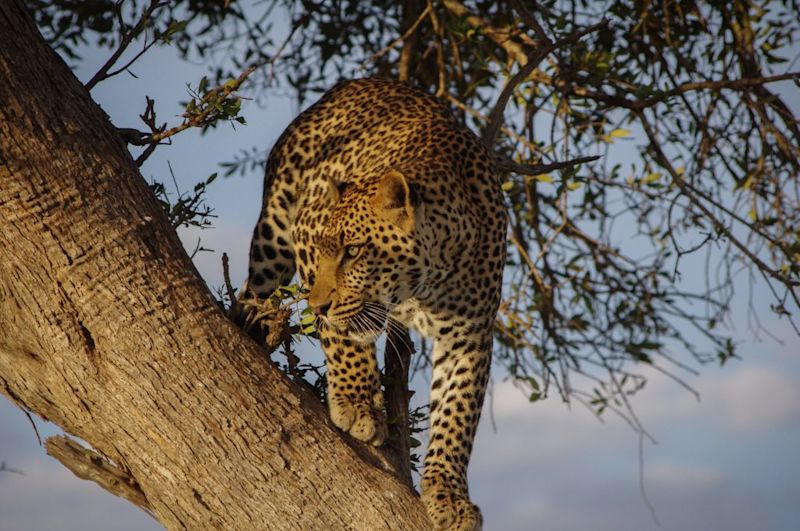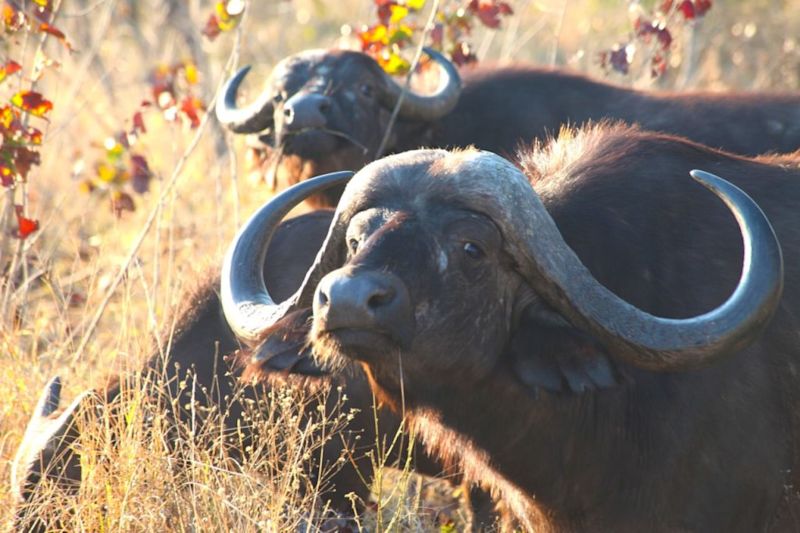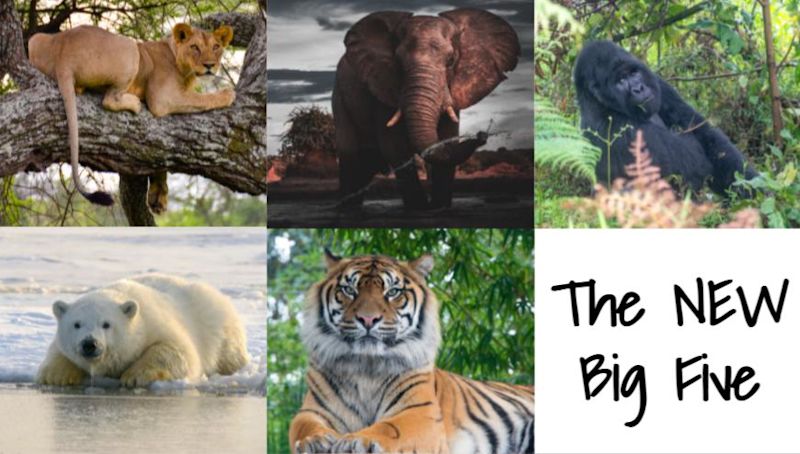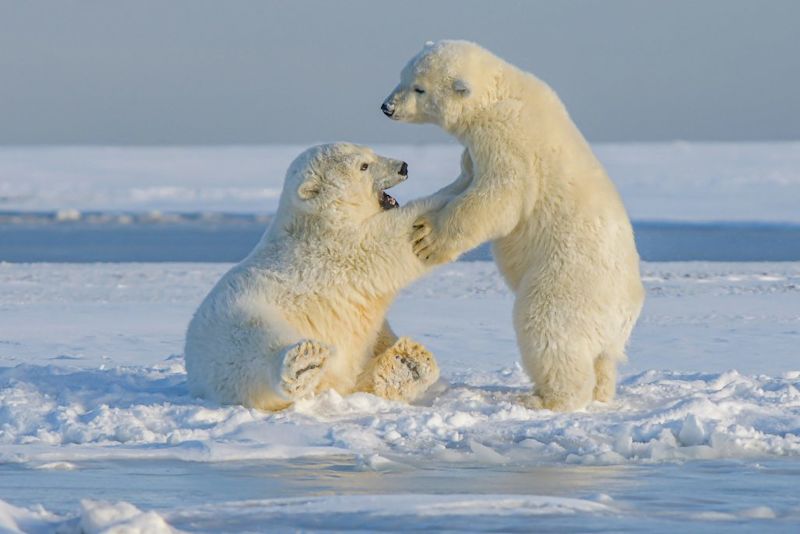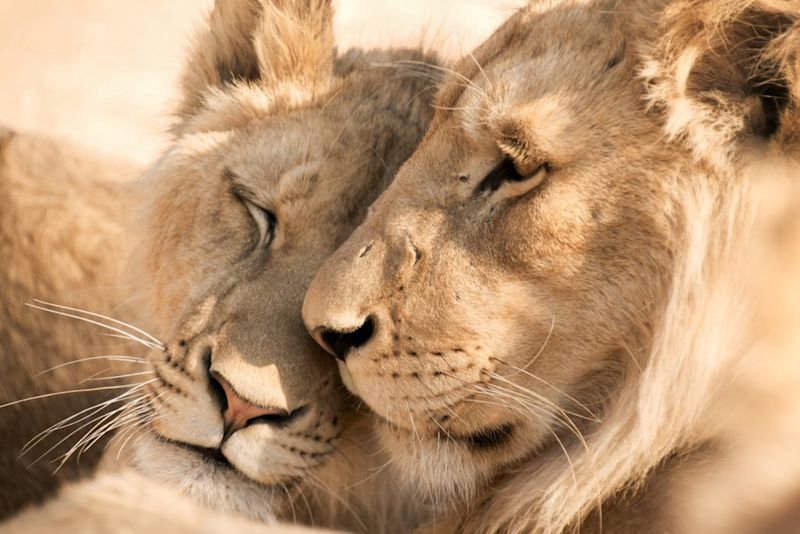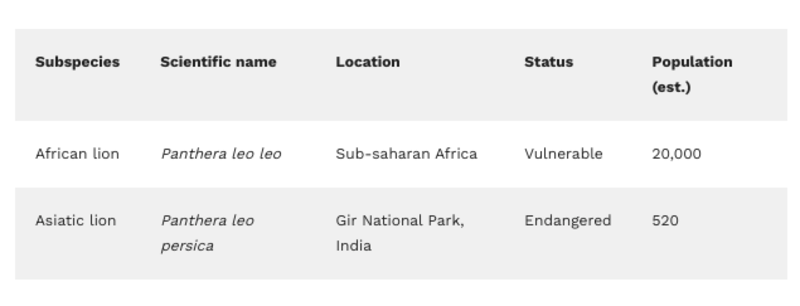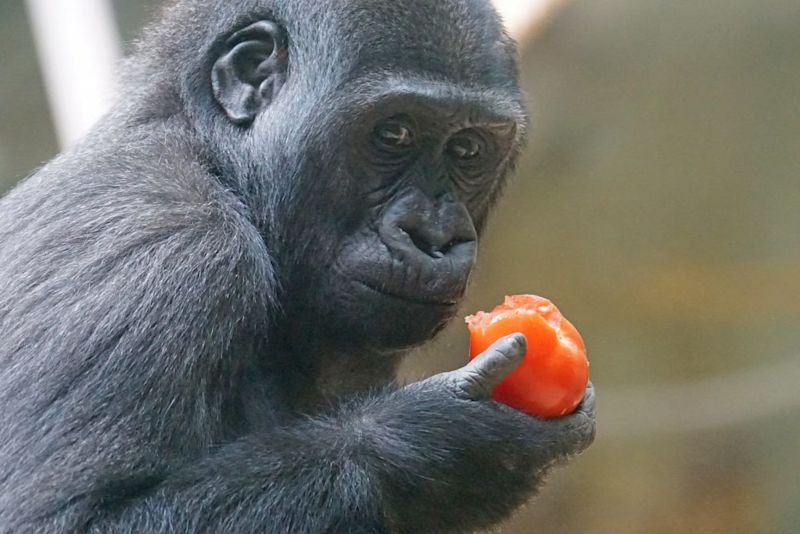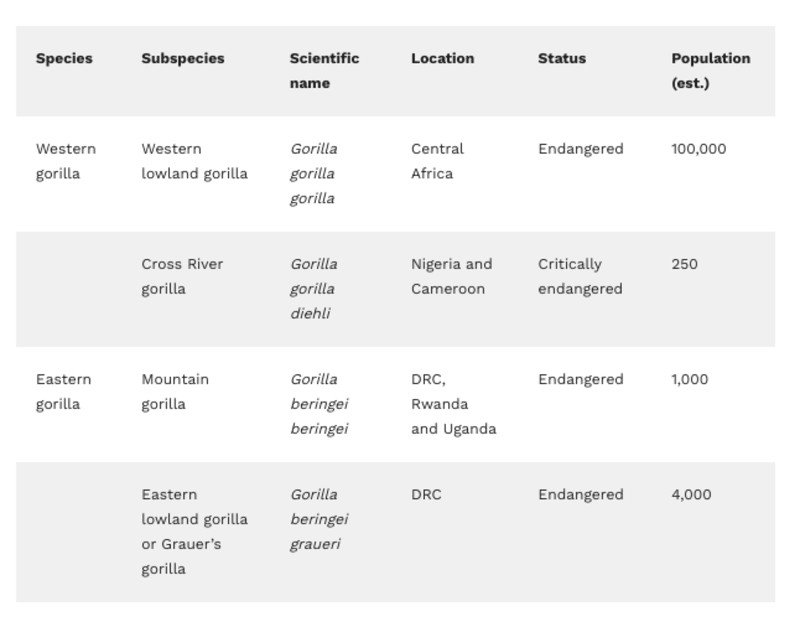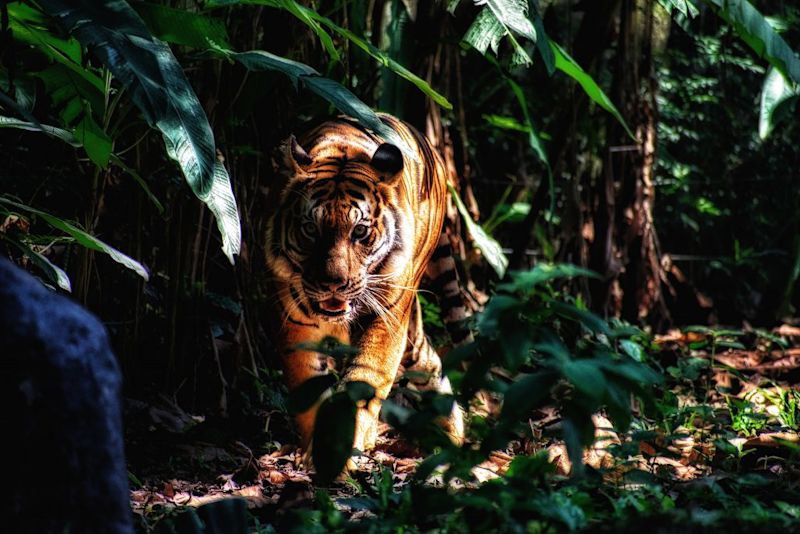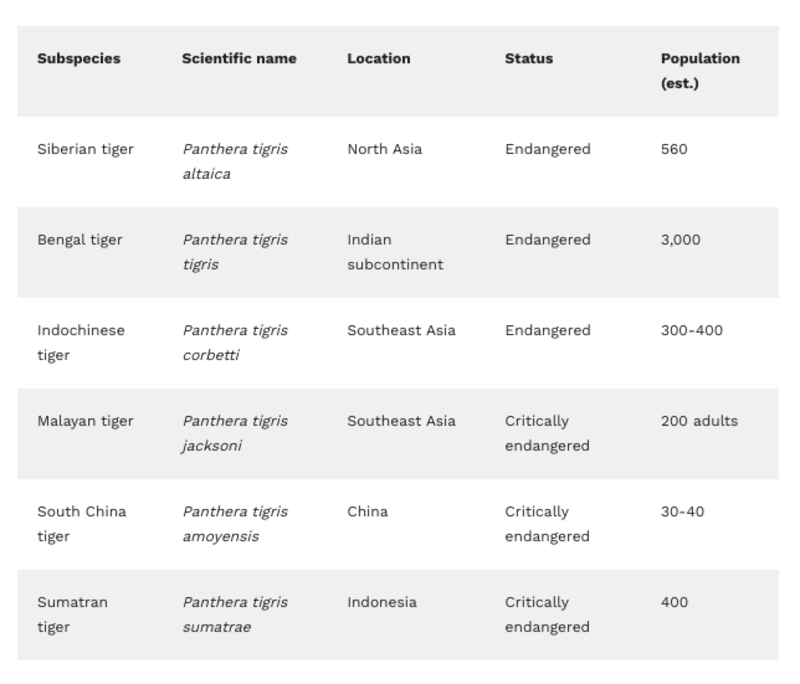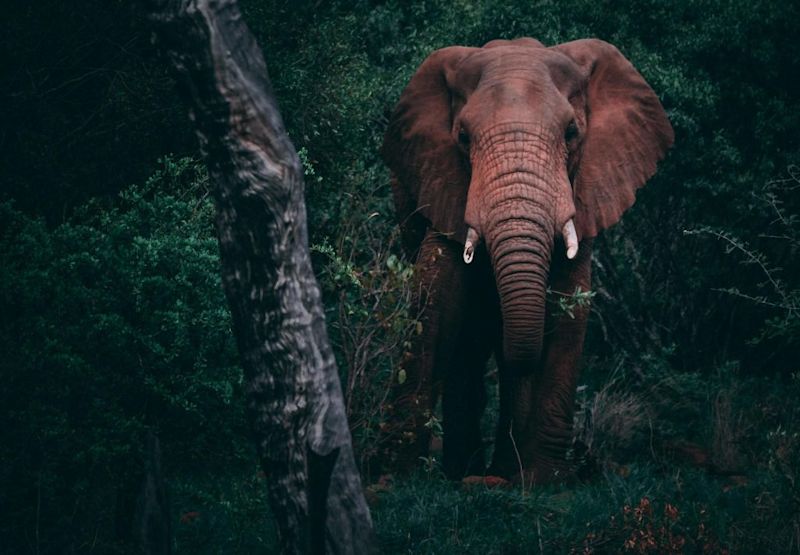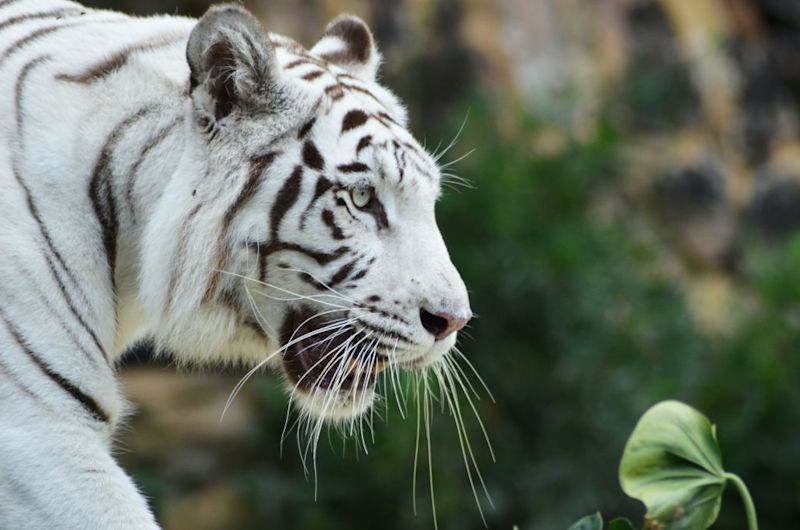In recent years many wildlife conservationists, photographers, wildlife charities and concerned celebrities have been campaigning for a new Big Five. This global project has been attracting lots of buzz and traction.
We were very excited when we first learned about the new Big Five, and think it's a splendid initiative. We think you will too, especially when you understand the reasoning behind it ...
The original Big Five
The original Big Five that we all grew up learning are:
- Lion
- Bush elephant
- Leopard
- Cape buffalo
- Black rhino
These are the animals that nineteenth-century colonists in Africa deemed the most dangerous to hunt on foot. Consequently, killing them became a mark of skill, and their stuffed heads were mounted as trophies on living room and office walls the world over.
The leopard is an elusive cat that is well camouflaged
The Big Five as safari attraction
In more recent times, the term Big Five has come to be adopted by the African safari industry. Here, the focus is on finding these large animals, and then simply observing and marvelling at them. A great improvement. Lions, leopards, elephants, buffalos and rhinos are exciting to spot in the wild – majestic, at times ferocious, often rare and hard to spot, splendidly unique, and beautiful.
At Follow Alice we love taking folks on safaris in search of these animals. With the sole aim of quietly and respectfully observing them, of course! We discuss where in Africa to find them as well as the remarkable traits and abilities of each in our post The Big Five.
Cape buffaloes are the most ferocious of the original Big Five when threatened. Somewhat poetically, the hard band connecting males' horns is known as a boss. These creatures are indeed supremely boss.
NEW Big Five – shoot with your camera
The organisation New Big 5 (#NewBig5) decided to promote the importance of wildlife conservation by cleverly suggesting a new Big Five be chosen – one that is all about "shooting with a camera, not a gun". They accordingly asked folks around the world to vote for the wild animals they most enjoy seeing in photographs. The chosen creatures would become the "New Big 5 of Wildlife Photography".
The aim of the #NewBig5 project is twofold:
- raise awareness of the global wildlife crisis
- celebrate wildlife and wildlife photography
Around a million of the world's animal species are in danger of going extinct. The crisis – and challenge – is clear.
Graeme Green, who organised the initiative, believes that photographic tourism could generate the money required for conserving the new Big Five. He sees this as a positive alternative to trophy hunting.
The new Big Five of Wildlife Photography
Over 50,000 people around the world voted in the #NewBig5 survey. The votes are in, and the animals they most enjoy seeing shot with a camera are:
- Polar bears
- Lions
- Gorillas
- Tigers
- Elephants
So we have two of the originals in the new Big Five, as well as three new faces. Anyone with their ears attached to their heads will know that the newbies – tigers, gorillas and polar bears – are endangered animals. Some of the reasons for their dwindling numbers are habitat loss, decline in prey populations, firearms, and climate change. Their inclusion on the #NewBig5 list will hopefully raise even greater concern for their plight and spur us all towards supporting their conservation.
Let's take a look at the new Big Five ...
1. Polar bears
These juvenile polar bears are a perfect picture as they play with one another
Polar bears live largely within the Arctic Circle and are the world's largest land carnivore. Adult males can weight up to 700 kg! The bears are a delight to see and photograph, being fluffy chunks of white fur living in an even whiter world of endless swathes of snow and ice.
Sadly, polar bears have suffered such great loss of habitat as to become the poster child for the dangers of climate change. Who among us hasn't shed a tear at the sight of a polar bear stranded on a dwindling, drifting floe?
The polar bear's Latin name – ursus maritimus – means 'sea bear'.
In 2015, the International Union for Conservation of Nature (IUCN) estimated that the global polar bear population is 22,000 to 31,000. But given their remote habitat and small units, it's very hard to accurately determine their number. The polar bear population is listed as vulnerable by the IUCN.
To learn how you can help in the fight to save the polar bears, please go to Polar Bears International to learn what it suggests are "Actions with Impact".
2. Lions
This pair of lions looks like its posing for a Hallmark card
Everyone loves a lion. Photos of these large carnivores never fail to inspire awe. And sometimes they melt our hearts when we see how in many ways they're just big ol' cats – fond of sleeping, licking each other, and cuddling together for naps.
There's only one species of lion, Panthera leo, and two subspecies, as shown in the table below.
Sadly, lions are not protected everywhere from big game hunters, and some are even the victims of caged hunting. Visiting parks that look after their lion population and don't allow hunting is one great way to support lion conservation. You might also like to donate to the Lion Recovery Fund to support Africa's lions. And of course you can spread the word online and among those you know.
3. Gorillas
A lowland gorilla eats a tomato – gorillas are mostly vegetarian
Gorillas live only in the tropical forests of Equatorial Africa (save for those in captivity), and so have the smallest habitat and distribution of the new Big Five. There are two species of gorilla, each with two subspecies, as shown in the table below.
The most famous gorilla is the mountain gorilla, which lives in the montane forests of the DRC, Uganda and Rwanda. We have Dian Fossey and other wildlife lovers to thank for our heightened global awareness of their plight, which has led to concerted conservation efforts that are helping to secure their future.
At Follow Alice we host gorilla trekking tours in Uganda where you hike to see mountain gorillas in their natural habitat. Gorilla treks are a vital means of sponsoring the conservation efforts of this endangered subspecies of gorilla. They're also a magical, humbling, beautiful and potentially life-changing experience!
To learn how else to support gorillas in general, you might like to visit The Dian Fossey Gorilla Fund International.
4. Tigers
Tigers today occupy only about 4% of their former range
The tiger is the most endangered of the world's big cats. They live across much of Asia, including Russia, Bangladesh, Indonesia and Nepal. There are only about 4,000 tigers left in the wild. This is down from 100,00 a century ago. The tiger is therefore a great addition to the new Big Five; one of the reasons behind the #NewBig5 is to bring awareness to the desperate need for greater animal conservation.
There were nine species of tiger a few decades ago – today there are only six.
The remaining six subspecies of tiger are all endangered, some more critically so than others. The South China tiger, though still in existence, is thought to only live in zoos – none have been spotted in the wild in decades. In the 1970s, there were over 4,000 of them.
We offer details of the six extant subspecies below.
If you'd like to know more about the status of wild tigers and how to support them, we recommend visiting Panthera's Tigers Forever.
5. Elephants
Elephants resonate with many people because of their strong emotional attachment to their herd
The final member of the new Big Five is the elephant. Is there any other creature so instantly recognisable? Elephants are magnificent, intelligent, social creatures, known to have incredible memories and to mourn their dead. They are gentle at times, and vegetarians, but fearsome when defending themselves and the herd. And they can live up to 70 years!
There are two genera of elephant, the African and Asian elephants. The species known as the African bush elephant is the largest land animal in the world. Adult males can clock in at 6 tonnes!
The main reasons behind the dramatic fall in elephant numbers in Africa and Asia over the past two centuries have been habitat shrinkage and the ivory trade. The WWF reports the range of African elephants to have shrunk to 50% of what it was in 1979, and that of Asian elephants to have shrunk to just 15%. Elephants require large areas to roam for food and water. So we can only save elephants if we save their habitat.
The recent trend towards elephant preservation in southern Africa offers us a rare success story. Some protected elephant populations are expanding.
If you'd like to help the fight for elephant conservation, you can:
- Don't buy ivory products, though you probably already don't.
- Ensure you purchase only sustainably produced palm oil (thereby preventing elephant habitat being turned into oil palm plantations).
- Educate others and share about the cause online.
- Donate to WWF or an NGO dedicated solely to elephant conservation like Save the Elephants.
Tell others about the NEW Big Five!
As a first act towards helping to protect our world's beautiful wildlife, why not share a picture of one of the new Big Five on socials to start a conversation with friends, family and your network? Or publish some of your own favourite snaps of any of the animals and let folks know about their IUCN status? Maybe just share this blog post? Or post all five animal emojis together and ask what unites them? You could also visit one of the NGOs we mentioned in this post? Or do something else entirely!
Whatever it is that you do, we encourage you to do something. Because if we all do some little things, it can turn into a big thing. And that's what needed.
It's time for us all to be creative, united and committed! 💪🏾 #NewBig5
Occasionally tigers are born without pheomelanin pigments, and you get a beautiful white tiger as a result


